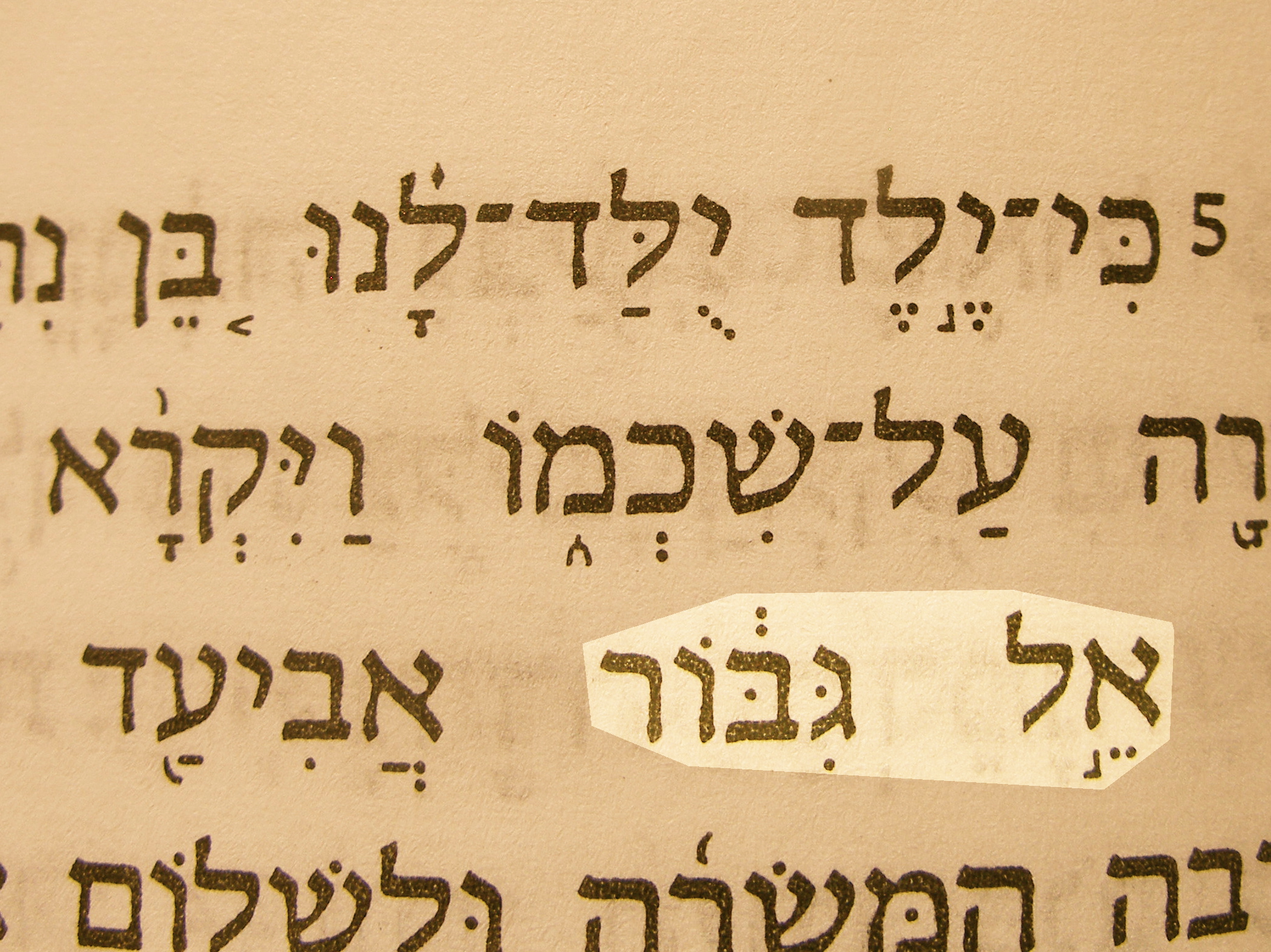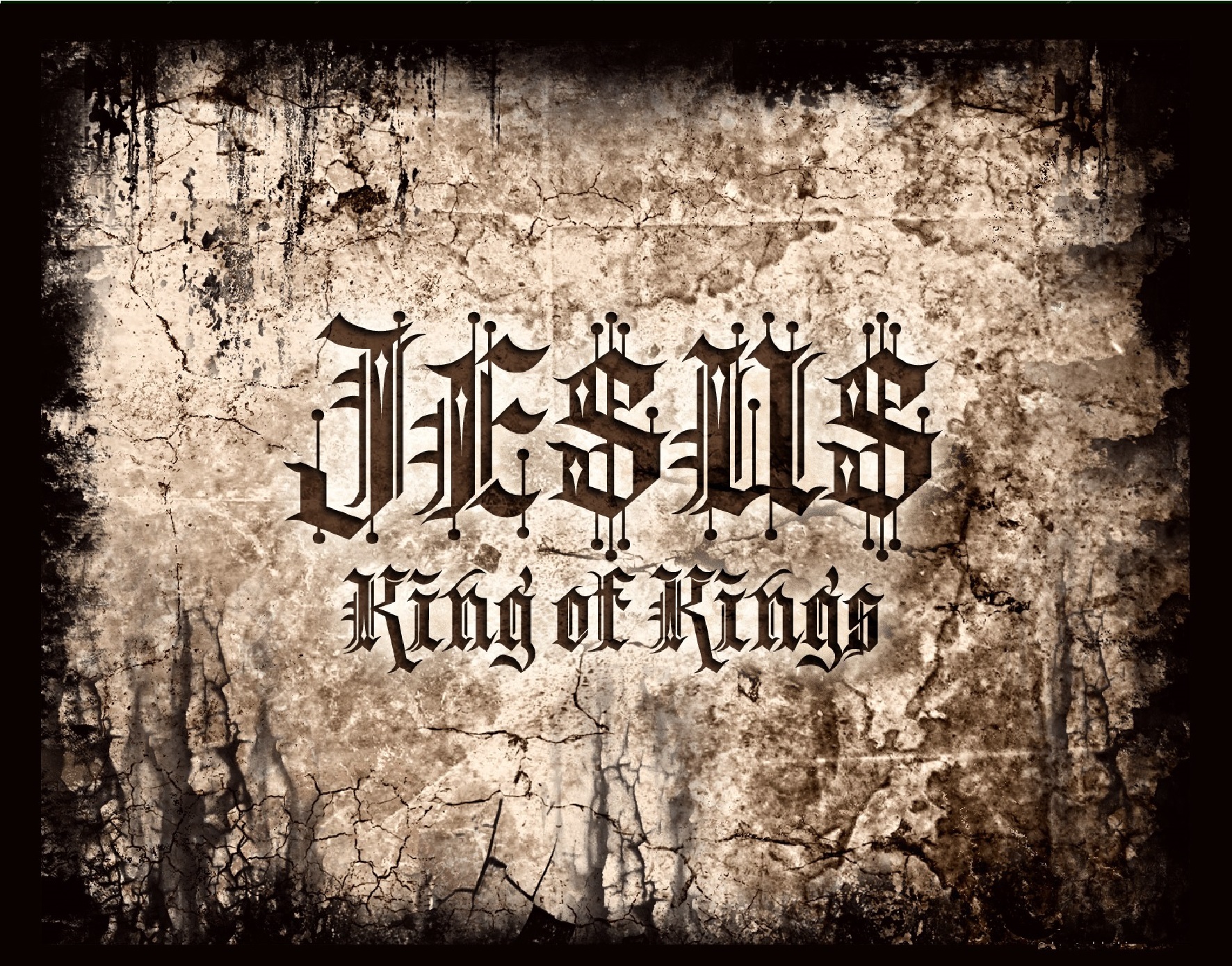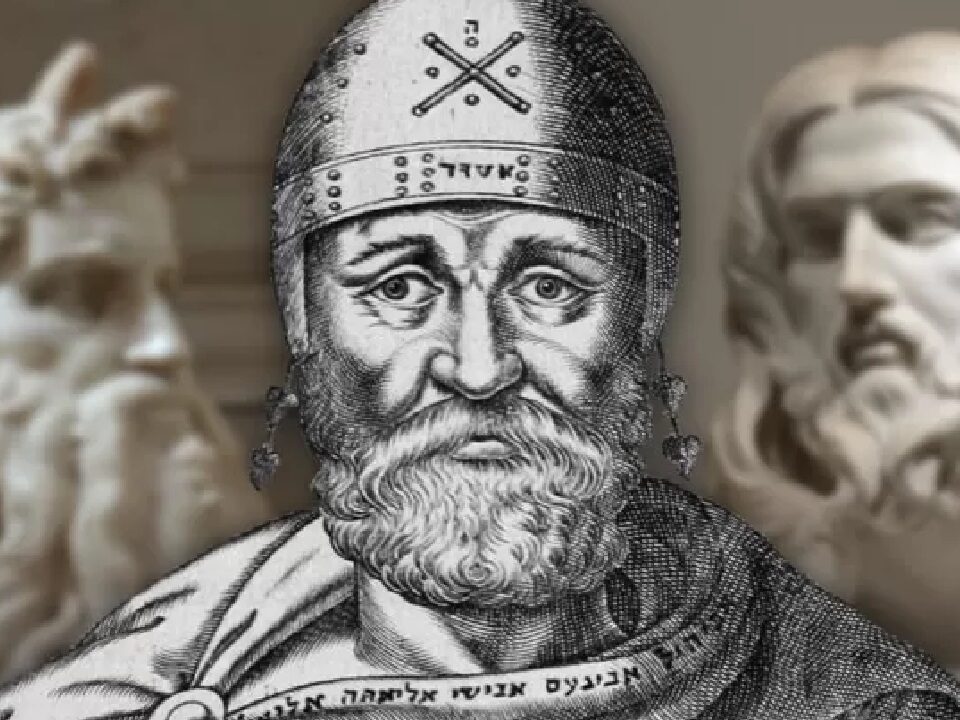
Is Jesus “the Mighty God”? A closer look at el gibbor in Isaiah 9.6
November 1, 2016
The Impressiveness of Jesus
December 4, 2016“Christmas” from The Encyclopedia Britannica

(From Old English Cristes maesse, “Christ’s mass”), Christian festival celebrated on December 25, commemorating the birth of Jesus Christ and also a popular secular holiday.
According to a Roman almanac, the Christian festival of Christmas was celebrated in Rome by AD 336. In the Eastern part of the Roman Empire, however, a festival on January 6 commemorated the manifestation of God in both the birth and the baptism of Jesus, except in Jerusalem, where only the birth was celebrated. During the 4th century the celebration of Christ’s birth on December 25 was gradually adopted by most Eastern churches. In Jerusalem, opposition to Christmas lasted longer, but it was subsequently accepted. In the Armenian Church, a Christmas on December 25 was never accepted; Christ’s birth is celebrated on January 6. After Christmas was established in the East, the baptism of Jesus was celebrated on Epiphany, January 6. In the West, however, Epiphany was the day on which the visit of the Magi to the infant Jesus was celebrated.
The reason why Christmas came to be celebrated on December 25 remains uncertain, but most probably the reason is that early Christians wished the date to coincide with the pagan Roman festival marking the “birthday of the unconquered sun” (natalis solis invicti); this festival celebrated the winter solstice, when the days again began to lengthen and the sun begins to climb higher in the sky. The traditional customs connected with Christmas have accordingly developed from several sources as a result of the coincidence of the celebration of the birth of Christ with the pagan agricultural and solar observances at midwinter. In the Roman world the Saturnalia (December 17) was a time of merrymaking and exchange of gifts. December 25 was also regarded as the birth date of the Iranian mystery god Mithra, the Sun of Righteousness. On the Roman New Year (January 1), houses were decorated with greenery and lights, and gifts were given to children and the poor. To these observances were added the German and Celtic Yule rites when the Teutonic tribes penetrated into Gaul, Britain and central Europe. Food and good fellowship, the Yule log and Yule cakes, greenery and fir trees, gifts and greetings all commemorated different aspects of this festive season. Fires and lights, symbols of warmth and lasting life, have always been associated with the winter festival, both pagan and Christian. Since the Middle Ages, evergreens, as symbols of survival, have been associated with Christmas. Christmas is traditionally regarded as the festival of the family and of children, under the name of whose patron, St. Nicholas, presents are exchanged in many countries.
Christmas tree
The use of evergreen trees, wreaths, and garlands as a symbol of eternal life was an ancient custom of the Egyptians, Chinese and Hebrews. Tree worship, common among the pagan Europeans, survived after their conversion to Christianity in the Scandinavian customs of decorating the house and barn with evergreens at the New Year to scare away the devil and of setting up a tree for the birds during Christmastime; it survived further in the custom, also observed in Germany, of placing a Yule tree at an entrance or inside the house in the midwinter holidays.
The modern Christmas tree, though, originated in western Germany. The main prop of a popular medieval play about Adam and Eve was a fir tree hung with apples (Paradise tree) representing the Garden of Eden. The Germans set up a Paradise tree in their homes on December 24, the religious feast day of Adam and Eve. They hung wafers on it (symbolizing the host, the Christian sign of redemption); in a later tradition, the wafers were replaced by cookies of various shapes. Candles, too, were often added as the symbol of Christ. In the same room, during the Christmas season, was the Christmas pyramid, a triangular construction of wood, with shelves to hold Christmas figurines, decorated with evergreens, candles, and a star. By the 16th century, the Christmas pyramid and Paradise tree had merged, becoming the Christmas tree.
The custom was widespread among the German Lutherans by the 18th century, but it was not until the following century that the Christmas tree became a deep-rooted German tradition. Introduced into England in the early 19th century, the Christmas tree was popularized in the mid-19th century by the German Prince Albert, husband of Queen Victoria. The Victorian tree was decorated with candles, candies and fancy cakes hung from the branches by ribbon and by paper chains. Brought to North America by German settlers as early as the 17th century, Christmas trees were the height of fashion by the 19th century. They were also popular in Austria, Switzerland, Poland, and Holland. In China and Japan, Christmas trees, introduced by the U.S. missionaries in the 19th and 20th centuries, were decorated with intricate paper designs.

